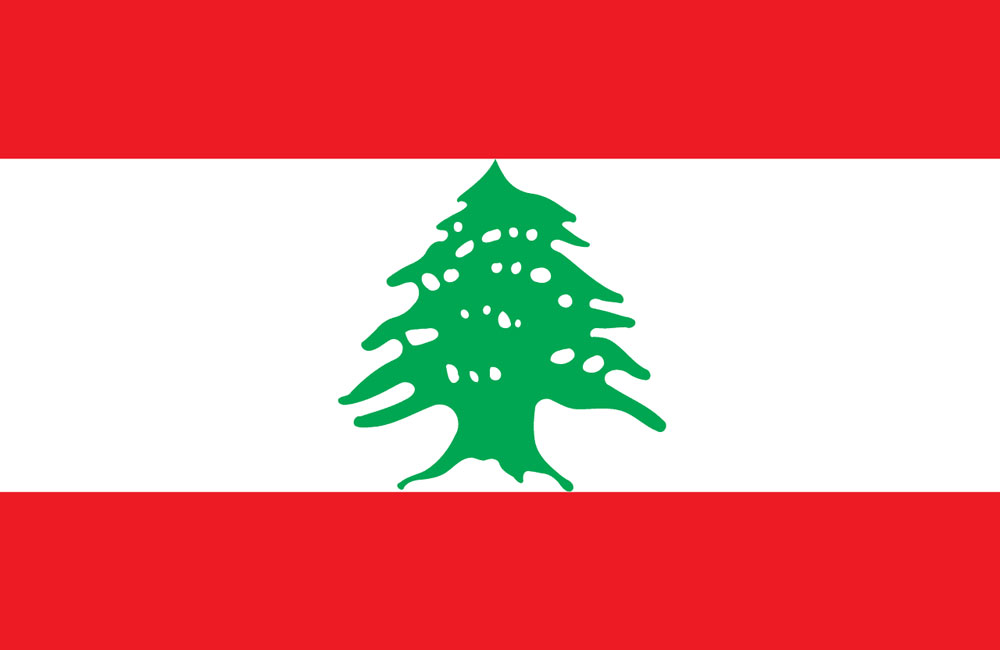Italy holds the world record for honey varieties, in fact it has over 50 and is the fourth European country in terms of number of hives (1.6 million), after Spain (3 million hives), Romania and Poland (respectively 2 and 1.7 million hives).
Features of the island that favor beekeeping
The flora of Sardinia is typically Mediterranean, greatly influenced by the climate characterized by mild winters and dry summers. The favorable environment of Sardinia has allowed the diffusion of numerous plant and animal endemisms of extraordinary naturalistic value, which often show typical characteristics of the islands, such as the smaller size of the specimens compared to similar species present in larger geographical regions, or peculiar characteristics due to long isolation.
Honey is undoubtedly a product closely linked to the territory of production as its composition and organoleptic characteristics derive mainly from the type of flora harvested. Composition and organoleptic characteristics derive mainly from the type of flora foraged by bees, that is the raw materials from which honey originates, by bees, that is the raw materials from which honey originates. Besides vegetation, there are other elements linked to the territory that influence the characteristics of the product: the type of soil, climate and human activities with particular reference to the possible effects on the healthiness of the product.
The forest environment in Sardinia represents an ideal condition for the achievement of uncontaminated and valuable melliferous productions and, in perspective, for the recognition of specific geographical and territorial names, useful for a better commercial exploitation of the product.
In Sardinia, the flora of beekeeping interest includes more than 200 species, among which several trees and shrubs of forest interest. Some introduced species, such as the Chestnut (Castanea sativa L.) and the Eucalyptus (Eucalyptus spp.), are of great nectariferous interest. While among the shrubs the strawberry tree (Arbutus unedo L.) stands out for the production of bitter honey, other species such as heather (Erica arborea and E. multiflora), rosemary (Rosmarinus officinalis L.), myrtle (Myrtus communis) and rockrose (Cistus spp.) should not be underestimated. In the area of small shrubs and suffrutics, there are other important species such as Thyme (Thymus erba-barona and T. capitatus), Maro or Gattaria (Teucrium marum) and Wild Lavender (Lavandula stoechas).
Beekeeping is widespread in all provinces. The most suitable areas are Campidano di Cagliari, Sarrabus-Gerrei and part of Sulcis-Iglesiente. Gallura, Ogliastra, Barbagia and Nurra are less important in terms of quantity but excellent in terms of quality.
The future objective for the institutions and for the operators in the sector can only be the creation of optimal conditions to allow Italian beekeeping companies to face with optimism a dynamic but increasingly competitive market (+ 31% of imports of natural honey in the five-year period from 2014 to 2018). In this direction, tools such as mandatory labeling indicating the country of origin - and not only whether the product comes from the EU or not - and the increase in controls on counterfeits, in particular honey from third countries, could be useful.
Sardinian beekeeping is characterized by an extremely variable level of professionalism, ranging from specialized companies to farms where beekeeping is an additional activity and involves a large number of small producers, with a widespread distribution throughout the regional territory.
Beekeeping Products
One of Italy’s most ancient foods is abbamele or abamele, produced exclusively in Sardinia. Abbamele is obtained from honeycomb, honey, and bee pollen. Honey is manually extracted from the honeycombs and the honeycombs are crumbled and dipped into warm water. Once melted, the wax is separated from the honey and pollen and the remaining syrup is heated for the caramelization of sugars. Abbamele can be eaten with cheese, fresh fruit, or even pasta or vegetables.
There are many companies dedicated to beekeeping, i.e. the breeding of domestic bees for the production of honey and wax: over time, these types of production have in fact become quite commercial, feeling the need to specialize and expand the range of products. So this sugary substance elaborated by bees, honey, has taken on a wide variety of flavors: orange and lemon flavor in citrus honey, unmistakable for its consistency in asphodel honey, rich in essences in thousand flowers honey, balsamic eucalyptus honey, which joins the classic acacia, chestnut and linden honey. Strawberry tree honey, characterized by a strong and bitter taste, is the result of an original idea enriched with pieces of dried fruit: walnuts, almonds or peanuts.
In Sardinia we find:
- Sardinian monofloral honey
To make this honey, bees forage for only one type of flower.
- Sardinian multi-flower honey
The classic millefiori or polyfloral honey, obtained from the nectar of mixed flowers.
- Sardinian honeydew honey




